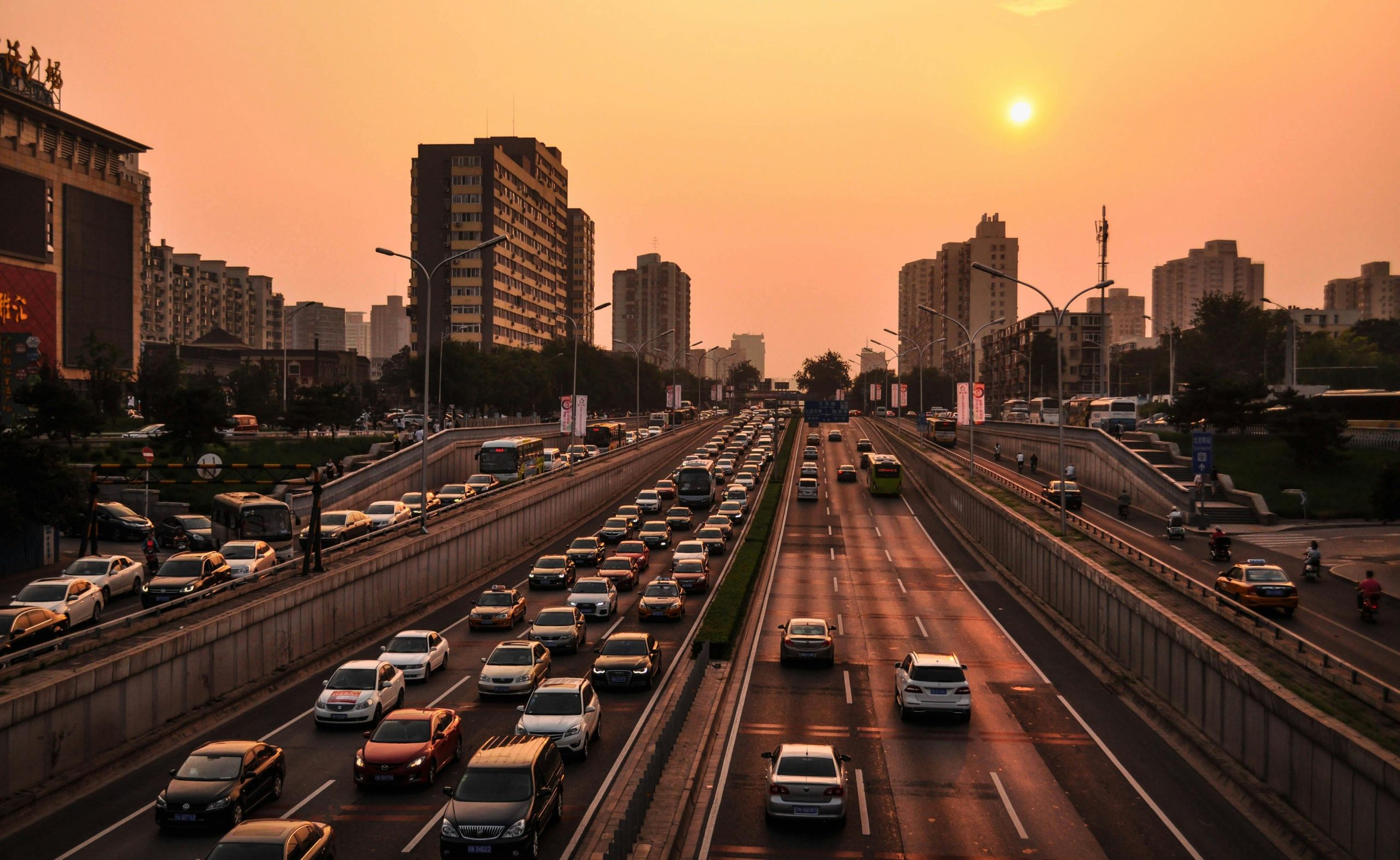Introduction
New Jersey, often dubbed the “Crossroads of the East,” is renowned for its dense population and bustling roadways. For residents and commuters, traffic congestion is more than a mere inconvenience—it’s a daily reality that significantly impacts quality of life and economic productivity. Recent data sheds light on the severity of this issue, revealing startling statistics that underscore the challenges faced by Garden State drivers.
A State Bursting at the Seams
With a land area of approximately 7,354 square miles, New Jersey is home to over 9 million residents, making it the most densely populated state in the U.S., with about 1,263 people per square mile. This high population density naturally translates to crowded roads, as a significant portion of residents rely on personal vehicles for transportation.
Vehicles Everywhere You Turn
The sheer volume of vehicles on New Jersey’s roads is staggering. According to data from the New Jersey Department of Transportation (NJDOT), the state experiences an estimated 78.2 billion vehicle miles traveled annually. This heavy usage contributes to wear and tear on infrastructure and exacerbates traffic congestion, especially during peak commuting hours.
Time Lost in Traffic
For many New Jerseyans, time spent in traffic is a significant concern. Studies have shown that drivers in the state waste an average of 48 hours annually stuck in traffic jams. This lost time not only affects personal productivity but also has broader economic implications, including increased fuel consumption and reduced workforce efficiency.
Economic Impact of Congestion
Traffic congestion doesn’t just test drivers’ patience; it also hits their wallets. A study reported that in 1999, the cost of congestion for Northern New Jersey was $595 per commuter annually, reflecting expenses related to fuel, vehicle maintenance, and time lost. Adjusted for inflation and considering the growth in traffic volume, these costs have likely risen substantially in recent years.
Public Perception and Stress
Beyond the tangible costs, traffic congestion takes a toll on mental health. A survey conducted by the New Jersey Institute of Technology (NJIT) aimed to gauge drivers’ perceptions of congestion and quantify the stress experienced on New Jersey roads. The findings highlighted that a significant number of motorists reported elevated stress levels, attributing it to unpredictable traffic patterns and prolonged commute times.
Efforts to Mitigate Congestion
Recognizing the multifaceted challenges posed by traffic congestion, state authorities have implemented several initiatives:
- Congestion Mitigation and Air Quality Improvement (CMAQ) Program: This federal program provides funding to states for transportation projects designed to reduce traffic congestion and improve air quality. New Jersey has actively participated in CMAQ, focusing on projects that aim to alleviate congestion and promote sustainable transportation solutions.
- NJ511 Travel Information Service: To help drivers navigate and avoid congested areas, the NJDOT offers the NJ511 service. This platform provides real-time traffic updates, including information on incidents, accidents, and construction zones, enabling motorists to make informed travel decisions.
Conclusion
The congestion crisis in New Jersey is a complex issue rooted in high population density, extensive vehicle usage, and infrastructural challenges. While state initiatives aim to address these problems, the data underscores the need for continued investment in transportation infrastructure, promotion of alternative commuting options, and policies that encourage reduced reliance on personal vehicles. For the millions who traverse the Garden State’s roads daily, these measures are crucial steps toward a smoother, less congested future.
(Source : nj1015.com)


